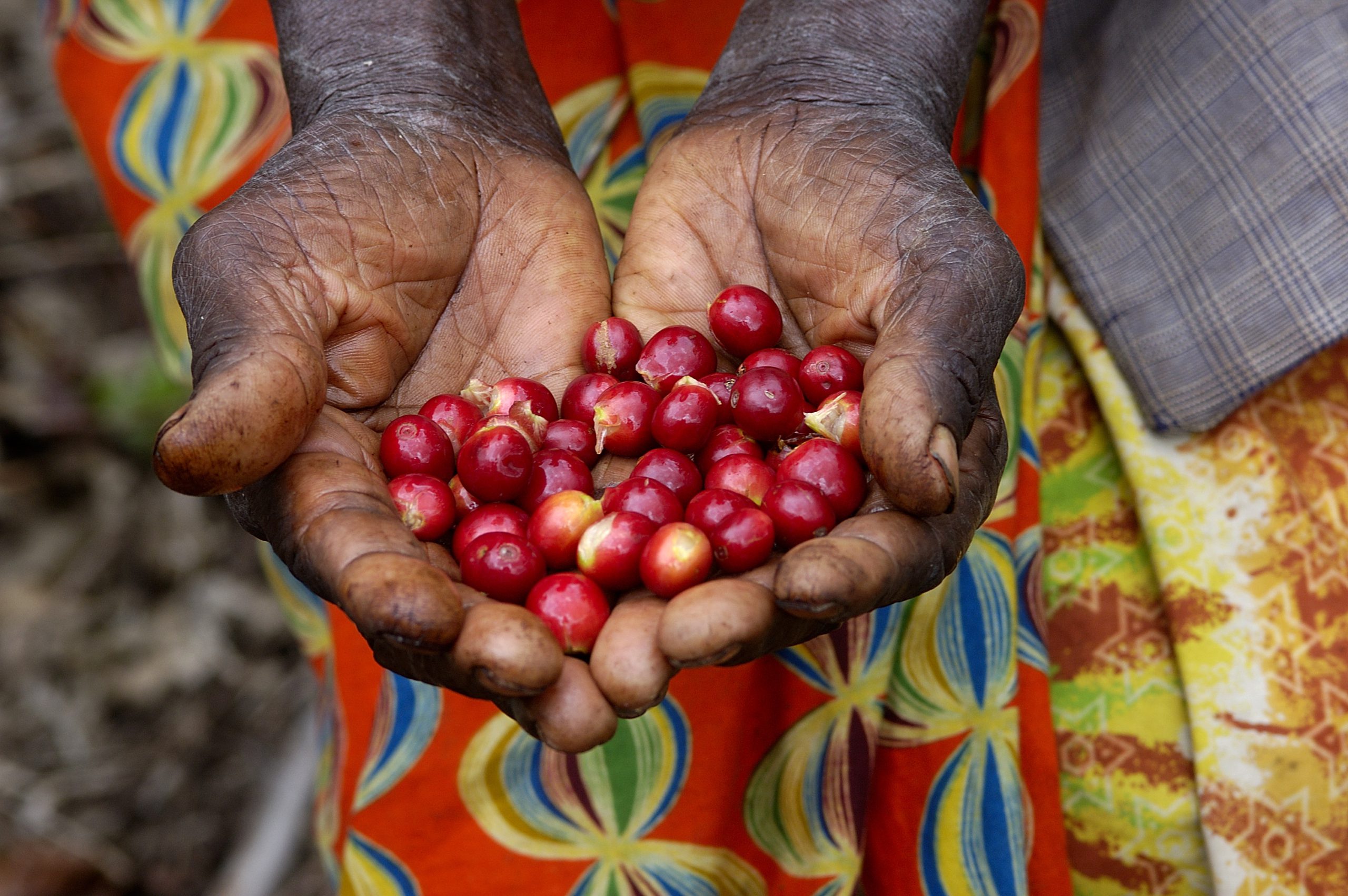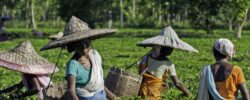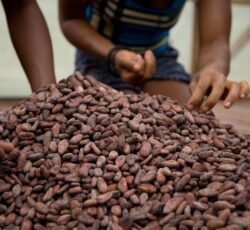Out now: This is what a farmer in Guji, Ethiopia should earn
The latest report by the Anker Institute, which was commissioned by Fairfood and Trabocca, suggests that a living income for the rural Guji zone is around 7% higher than the Anker Reference Value for rural Ethiopia.
Agri-food companies and NGOs that are active in Ethiopia, can we have your attention, please? Commissioned by Fairfood and Trabocca, the Global Living Wage Coalition just announced what a farmer in the Guji zone in rural Ethiopia should earn to be able to speak of a living income.
The living income study determines what a smallholder farmer needs to earn to be able to live for a decent life, meaning to be able to afford nutritious food, housing, education, transportation and other essential needs. Using the Anker methodology, the report unveils the living income in the rural Guji zone, located in the Oromia region.
But first things first: why do we need this number, and why now?
Trabocca’s journey
In 2021, Fairfood and Dutch coffee importer Trabocca joined forces to realise a living income for farmers in two Ethiopian coffee supply chains that deliver Trabocca their coffee. The journey began with Trabocca’s desire to understand if their coffee smallholders are earning a living income.
To answer this question, Trabocca first needs to understand the living income gap, which comes down to the difference between the income farmers are actually earning, and a living income. The living income study, that was just published, is the first milestone in this 4-year project, and crucial to understand the minimum costs of living for a family in this region.
What makes this project exceptional, is the fact that a private business publicly commits to improving the livelihoods of coffee farmers, before knowing how big of a task is waiting for them, exactly. It goes without saying that Fairfood very much applauds this move.
The living income gap
Using Fairfood’s Trace, Trabocca is adding a layer of traceability and transparency to their coffee supply chains, which gives insights into farm gate prices. This is a crucial step to sustainably monitor impact.
Next, the Royal Tropical Institute (KIT) will use the living income baseline from the Anker Institute to calculate the living income gap, based on the costs of production and actual income of Trabocca’s coffee farmers. Trabocca will openly communicate about this gap, their challenges, and in the coming years decipher interventions to close the gap.

This is a project with all the ingredients to co-create and learn about the future of living income supply chains
Let’s talk numbers
Today, the Anker Institute reveals that the living income is 8,544 ETB (154.5€) per month for the rural Guji zone for a typical family of 6 in 2021. According to the report, the living income for rural Guji zone is 7% higher than the average of rural Ethiopia as a whole, because family sizes are larger in the rural Guji zone.
We hope that the clarified living income baseline is the beginning of enabling sustainable supply chains. We need companies and NGOs operating in the region to update their mission while paying the fair price that small farmers deserve.
Update January 2024: This project has been concluded. Read an update here.
Read the Guji living income report

